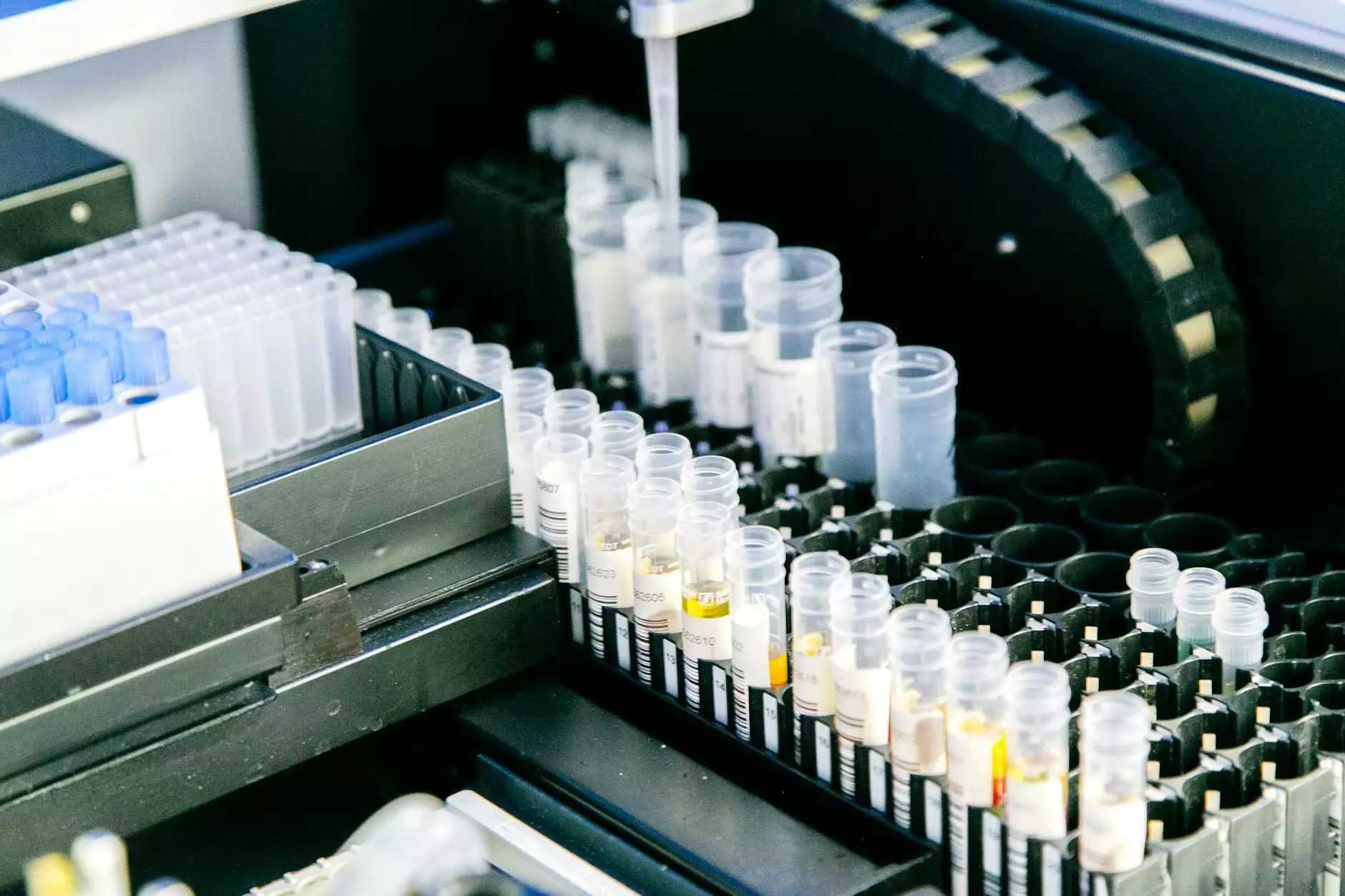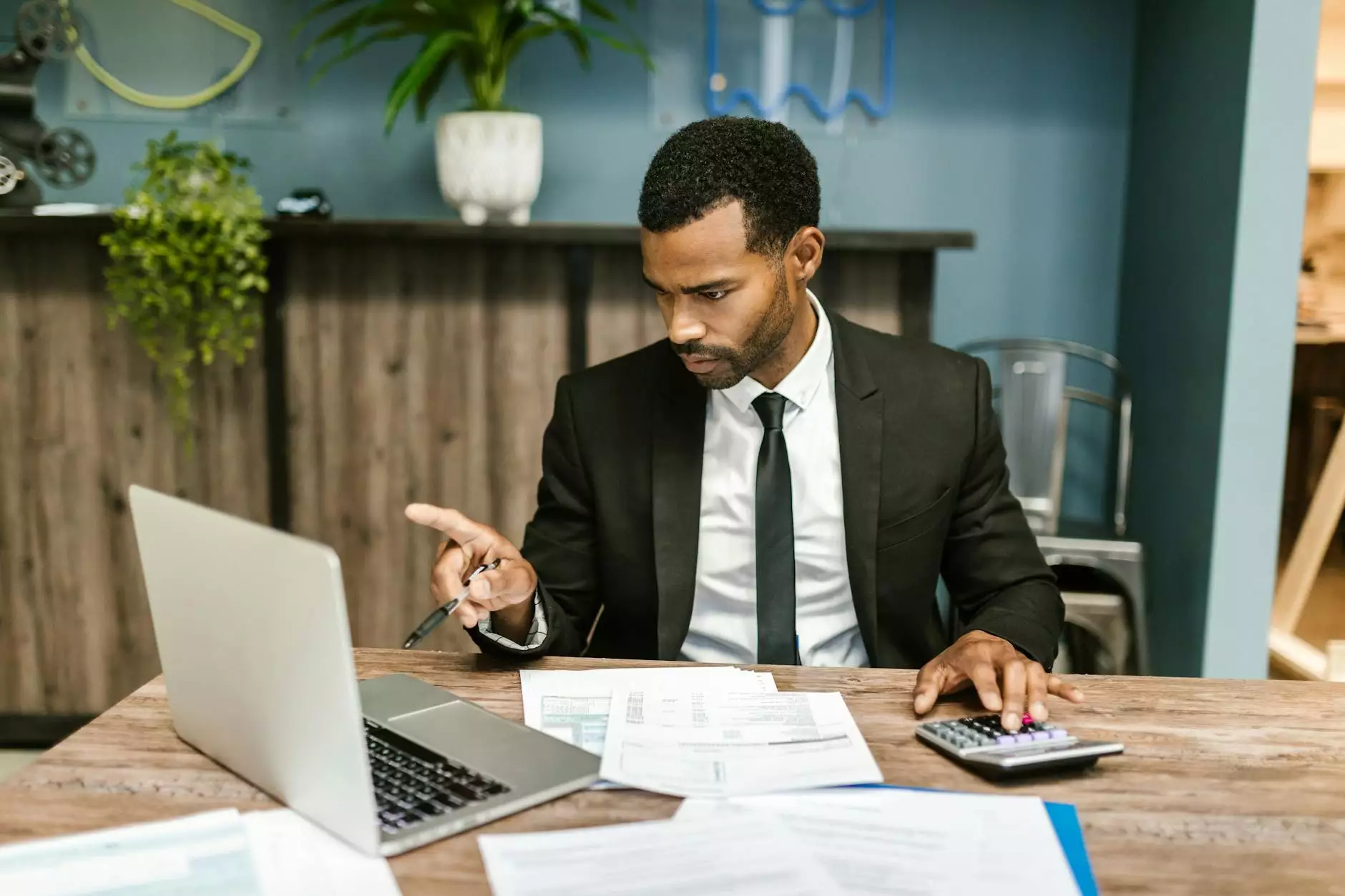How to Effectively Check Fake Money: A Comprehensive Guide

In today's fast-paced economy, understanding how to check fake money is vital for businesses and consumers alike. With the rise of technology, counterfeiters have become more sophisticated, making it increasingly challenging to distinguish between genuine banknotes and their fake counterparts. This article will provide you with an in-depth exploration of the methods, tools, and techniques you can use to identify counterfeit money and protect your business from fraud.
The Importance of Checking Fake Money
With an estimated hundreds of millions of dollars in counterfeit currency circulating worldwide, the need to check fake money has never been more critical. The implications of accepting counterfeit bills can be devastating for a business:
- Financial Loss: Accepting a fake bill means losing real money, putting a dent in profits.
- Legal Issues: Businesses can face legal repercussions if they unknowingly accept counterfeit money.
- Reputation Damage: Customers may lose trust in a business that accepts fake currency.
Understanding Different Types of Counterfeit Money
It’s essential to recognize that counterfeit money comes in various forms. These include:
- Printed Counterfeits: These are created using printers or copiers and can be of varying quality.
- Software Generated: Some counterfeiters use software to replicate the intricate designs of real money.
- Professional Counterfeits: High-quality counterfeits produced with advanced techniques, often indistinguishable from real currency.
Key Security Features in Genuine Currency
Every legitimate banknote possesses a unique set of security features designed to thwart counterfeit efforts. Here’s a detailed look at these features:
1. Watermarks
Most banknotes have a watermark—an image that appears on the side when held against the light. This is an excellent first step in recognizing if a note is genuine.
2. Security Threads
Embedded within the banknote, security threads are usually visible as a dark line when viewed against the light. This feature varies by denomination.
3. Microprinting
Fine print that is difficult to replicate. If you look closely at specific areas of the note—often around portraits—you’ll see tiny text that is almost impossible to read without magnification.
4. Color-Shifting Ink
When you tilt a genuine banknote, specific areas should exhibit a change in color—this is particularly common on larger bills.
5. Raised Printing
Many real notes have text or images that feel slightly raised to the touch. Pass your finger over the note; it should feel bumpy.
Methods to Check Fake Money
Now that we understand what features to look for in real currency, it's time to explore effective methods to check fake money.
1. Visual Inspection
Start with simple visual cues. Check for any irregularities in printing, color, and alignment. Compare the questionable bill with a known genuine note to see if there are any discrepancies.
2. Use of a U.V. Light
Many currencies have elements that only glow under ultraviolet light. Investing in a U.V. light will help identify these security features quickly.
3. The Pen Test
Counterfeit detection pens contain iodine that reacts with the starch in paper. A dark mark indicates potential counterfeit. However, this method is not foolproof, as some counterfeiters use similar paper.
4. Employ Detection Machines
For businesses dealing with large volumes of cash, automated currency detectors can perform multiple tests and scans to verify authenticity.
5. Train Staff Effectively
Training employees in the latest detection techniques ensures they can confidently check fake money and reduce the risk of loss. Regular updates on new counterfeit methods should be part of ongoing training.
Legal Consequences of Counterfeit Currency
Understanding the legal implications of counterfeit money is crucial for business owners. Accepting counterfeit notes can lead to serious repercussions, including:
- Fines: Businesses can face significant fines for accepting counterfeit currency.
- Criminal Charges: In some jurisdictions, knowingly passing counterfeit money can result in criminal charges.
- Loss of License: Persistently accepting fake money can jeopardize a business's operational licenses.
Combating Counterfeit Money: Technology and Innovation
As the battle against counterfeit money evolves, so too do the technologies used to combat it. Here are some innovative approaches:
- Mobile Apps: Various applications allow users to scan and detect counterfeit currency instantly.
- Blockchain Technology: Emerging solutions using blockchain may provide secure verification methods in future transactions.
- Artificial Intelligence: AI-enhanced systems can analyze patterns and detect counterfeit bills with greater accuracy than the human eye.
Final Thoughts on Checking Fake Money
In conclusion, being vigilant about the authenticity of currency is essential for both individual consumers and businesses. The ability to effectively check fake money can save businesses from potential losses and legal issues. Utilizing the proper techniques and technology will empower you to recognize counterfeit currency and safeguard your transactions.
Stay Informed and Prepared
It is important to stay updated on the latest trends in counterfeit currency and the methods used to identify it. Regularly review your processes for checking fake money and ensure that your staff is well-trained and equipped with the latest tools and knowledge.
By adopting a proactive approach and implementing reliable detection methods, your business can thrive in a safer environment, free from the threat of counterfeit money.
Resources
If you're looking for additional support and resources, consider visiting reputable sites and organizations dedicated to combating counterfeit currency, such as:
- U.S. Secret Service - Counterfeit Division
- Bureau of Engraving and Printing
- FBI - Counterfeit Currency Section
By leveraging the right information, tools, and training, you can ensure your operations remain secure against the threat of counterfeit currency.









